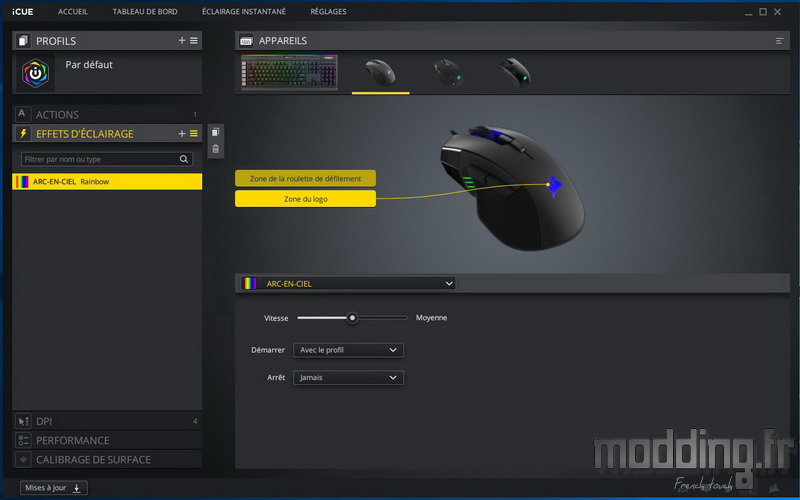
- #Corsair harpoon wireless vs ironclaw wireless software#
- #Corsair harpoon wireless vs ironclaw wireless Bluetooth#
#Corsair harpoon wireless vs ironclaw wireless Bluetooth#
Bluetooth support counts for a lot when using an ultrabook that has just one or two available ports.

Not a single one of them suit me personally, outside of the Harpoon, which I’ll actually use as a notebook mouse thanks to its wireless capabilities. Overall, I don’t have anything to really complain about with any one of these mice. The wireless performance has been, as expected, very good, although I’m not about to claim I can tell a difference between Slipstream and another 2.4 GHz wireless solution, since all recent takes on wireless I’ve tried have been excellent. In all of my testing, all three mice worked very well, although I used Harpoon far longer than the others, since it better suited me. It’s a good thing there’s a lot of choice out there – even from Corsair itself. Fortunately for me, the Dark Core I took a look at last year better suits me overall, shape, size, and functionality-wise. Personally, the Harpoon is my favorite of the bunch, although even it doesn’t perfectly suit me. With these three mice, Corsair gives gamers very different options, so chances are good one of them will suit you very well. You can also emulate a sniper button, so while the M65 does have a dedicated button for it, the other mice can replicate the same functionality. If you merely want to assign a button to reflect a key press, that’s easily done, but you can also create macros and other actions, like launching an application or entering a block of text.

But that’s not to say not having the feature makes much of a difference, because there are always ways to tweak your settings to better suit your needs.Īny one of the buttons on the mice are configurable.
#Corsair harpoon wireless vs ironclaw wireless software#
It’s never been entirely clear to me what the software does under the hood when this is done, but the result has always felt “right” to me. Because the Ironclaw and M65 both use a higher-end sensor, the Surface Calibration feature is available for them, but not the Harpoon. Normally, a user wouldn’t have three mice plugged at once as the first shot below shows, but, it’s a lot easier to quickly see differences between them when they are!Ĭorsair iCUE Software Sniper button configurationĪll of the mice here offer fully configurable RGB, so to find differences in the software between them was a little challenging. That even includes DRAM – even the simple one-color Vengeance LED kit I have in my personal rig. Admittedly, Corsair’s software had been hit-or-miss in years past, but iCUE remedied so much in one fell swoop.Ĭorsair releases a lot of product, and all of that product is now integrated with iCUE. When all was said and done, I remember walking away being most impressed with a piece of software, that of course being iCUE. When we paid a visit to Corsair’s hotel suite at last summer’s Computex, the company naturally had quite a bit of gear to show off.

We’d love to hear from those who disagree, because there could be use cases we’re not thinking of. That said, do you need this high of a DPI? It’s not bad to have the option, but for the overwhelming number of gamers, 10,000 is likely to be sufficient. Another bump hits the DPI, with the Ironclaw’s (and M65 RGB Elite’s) PMW3391 sensor able to hit 18,000, an 80% improvement over the Harpoon. The Harpoon gives you 6 programmable buttons, but the Ironclaw boosts that to 7. That’s compared to the Harpoon’s 97g, and M65 RGB Elite’s 99g. It’s hard to call it “heavy”, but among the three mice here, the Ironclaw weighs the most, at 105g.

Choice is good, and what doesn’t suit me would suit the right person just fine. Whereas I found the Harpoon to be a bit small for my tastes, the Ironclaw is the opposite: it’s too big.


 0 kommentar(er)
0 kommentar(er)
